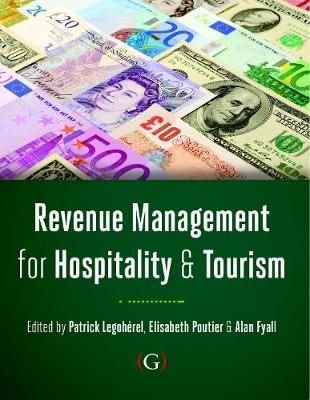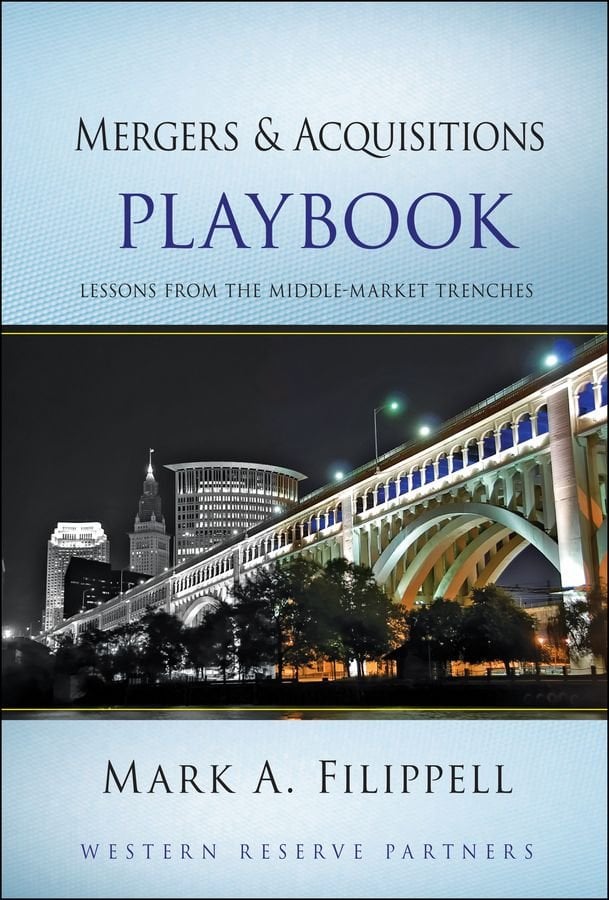to his suggestions for corrective action at government level, will naturally vary according to the interests of each government in upholding the apÂ- proach it regards as consistent with its own basic interests and those of its international airline. I commend this book as a most valuable treatment of the subjects which are of concern not only to the academic student but also to those engaged in the study and application of international civil aviation agreements in governments and airlines. It would be fitting if it enjoys, as it should, wide circulation amongst such students and practicioners. Sir Donald Anderson Director-General of Civil Aviation Melbourne, Australia. April, 1970. TABLE OF CONTENTS LIST OF ABBREVIATIONS XI CHAPTER ONE I. The Technique of government 1 II. International civil aviation regulation 4 III. National vs international approach 9 CHAPTER Two I. International control of the air traffic market 17 II. Freedom classification and traffic data 22 III. The air traffic market and the exchange of routes and traffic rights 28 IV. The sixth freedom issue 32 V. Route specification 40 VI. Equal opportunity 46 CHAPTER THREE I. Non-scheduled and scheduled air carriers 51 II. All-cargo services 59 III. Inclusive tour traffic 63 IV. Non-inclusive tour (affinity) charter traffic 72 V. Traffic rights for charter carriers 79 CHAPTER FOUR I. Cooperative arrangements 104 II. Aircraft lease agreements in international air transp- tation 114 III. Affiliation between air carriers 120 IV.












